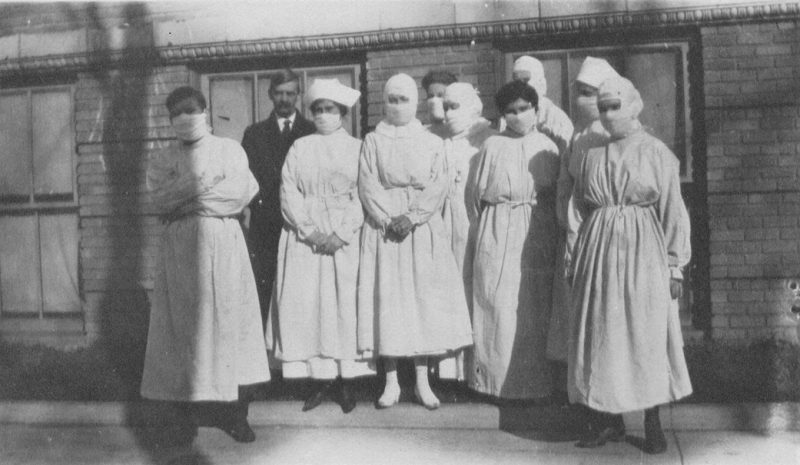
While we are sitting in our homes wondering how bad things are going to get with the COVID-19 virus, it is a good time to look back at the last great pandemic, the Spanish Flu in 1918.
Before I start throwing out some shocking numbers, please remember at that time we did not have antibiotics, testing kits, scientists working on a cure and other aspects of modern medicine that gives us ways to fight an epidemic.
There was no hand sanitizer and it was not an option to work from home. We have Netflix, teleconferencing and educational options online. By quickly shutting things down, we are taking another important precaution they did not take until a lot of people were already sick.
The Spanish Flu was a strain of the H1N1 virus that impacted approximately 27 percent of our world’s people or 500 million people.
There are disputes on the actual number of people killed with most saying 50 million, but it is possible that due to poor record-keeping the total was really as high as 100 million.
One of the places it was first detected was a military camp in France during World War I in 1918. Military leaders kept the spread of the disease quiet while the press in Spain reported details on the number of infected. This gave the impression it started in Spain and is why it is known as the Spanish Flu.
This version of the flu seemed to strike healthy people aged 20 to 40 and more men died from it than were killed in battle that year.
The Spanish Flu began with one strain in spring 1918, which returned in a more deadly form in the fall of that year.
“Victims died within hours or days of developing symptoms, their skin turning blue and their lungs filling with fluid that caused them to suffocate,” according to History.com.
The loss during the last months of 1918 totaled over 675,000 in the United States alone. Quarantines that began in October of 1918 ended in January of 1919.
Travel was limited, many public places were closed, people didn’t go to work and no gatherings were allowed. Chairs and tables were taken from “soda fountains” to encourage people not to linger there.
Locally, a health officer patrolled Clearfield on horseback to break up any congregations of people.
When the Clearfield Hospital was overrun, a makeshift hospital was set up at the Children’s Home on Second Street by a local nurse, Elizabeth Clees, “almost overnight” in October of 1918, according to a history of Clearfield County.
By Oct. 21 that year, the cases totaled 700, including Mrs. Clees, who was ordered to stay in bed.
A second patient overflow location was established at the Clearfield High School.
Over 1,000 people were sick in Clearfield and it is reported that DuBois had over 4,000 cases of the flu.
Unfortunately, Mrs. Clees was one of the casualties.
A local editor wrote in the paper that “No death in Clearfield ever caused more genuine sorrow or regret from the community in general, everybody seeming to feel deeply and keenly that the supreme sacrifice of this good woman was made in the service of each and every citizen of the town and in order that death and sorrow might be kept from each and everyone’s fireside.”
The ban on gatherings was temporarily lifted so everyone could attend her funeral.
(Information came from “Hidden Treasures: A History of Clearfield County”, the Center for Disease Control’s pandemic page and Wikipedia.)